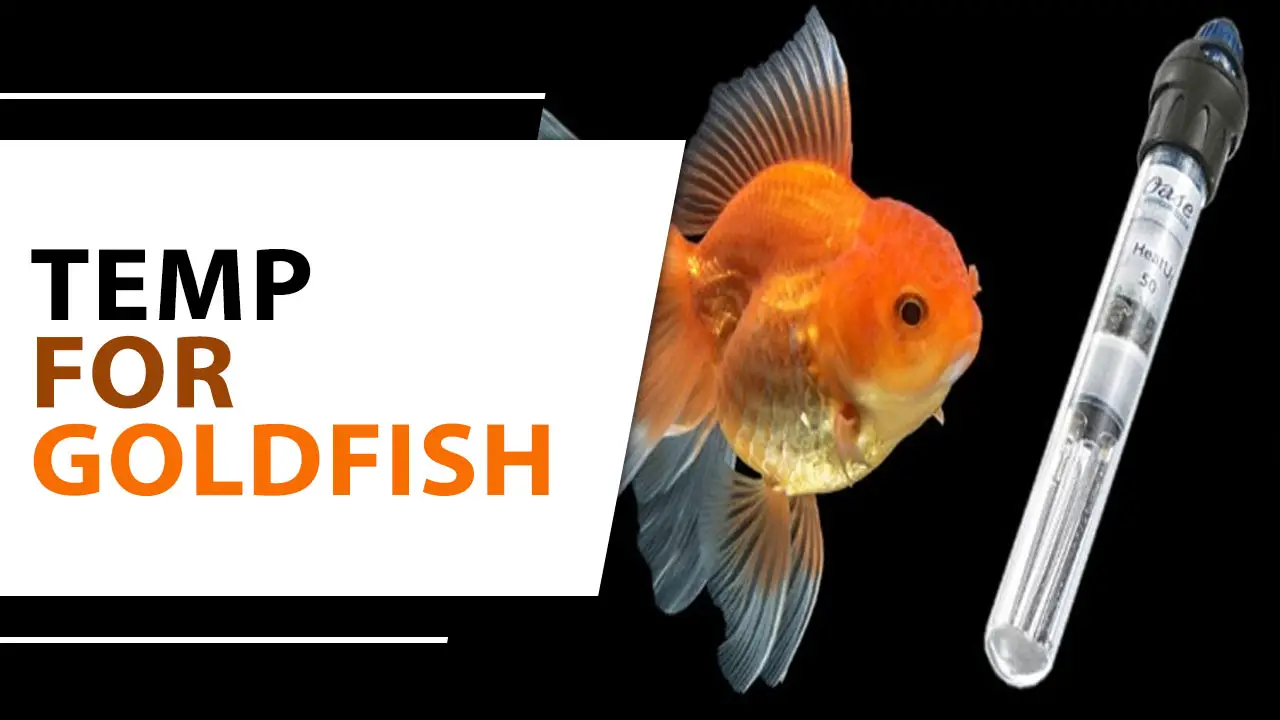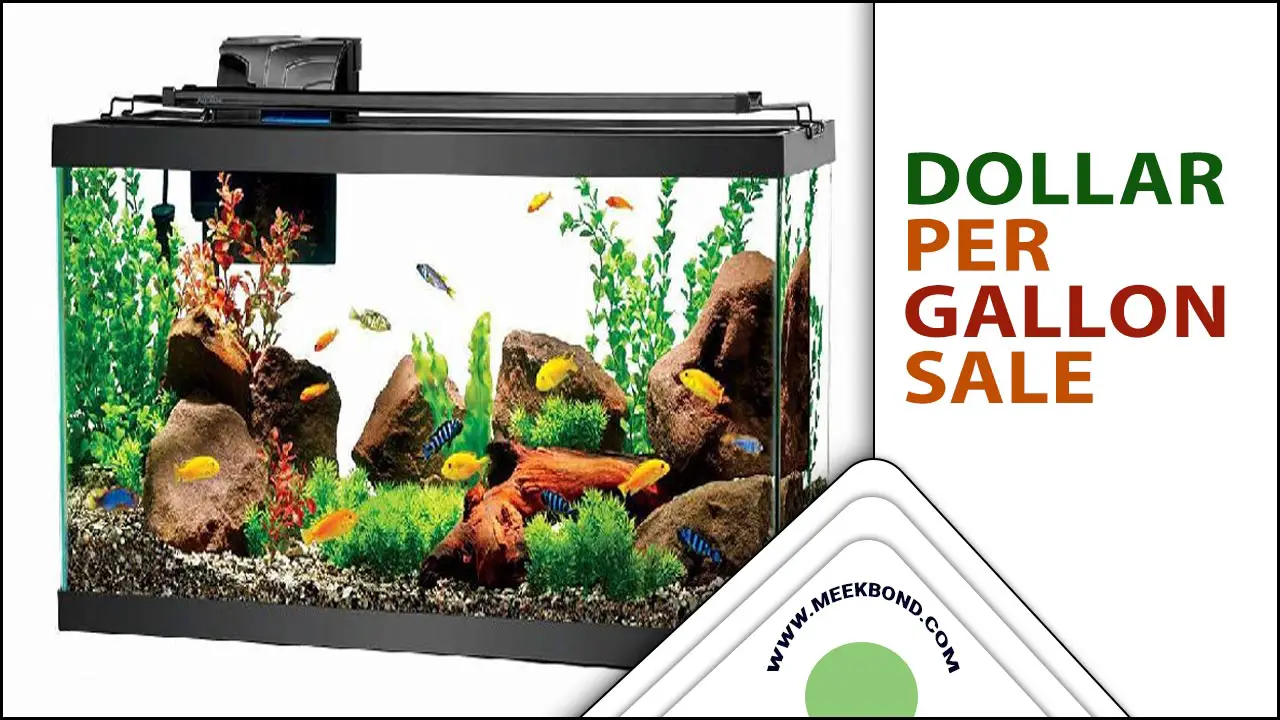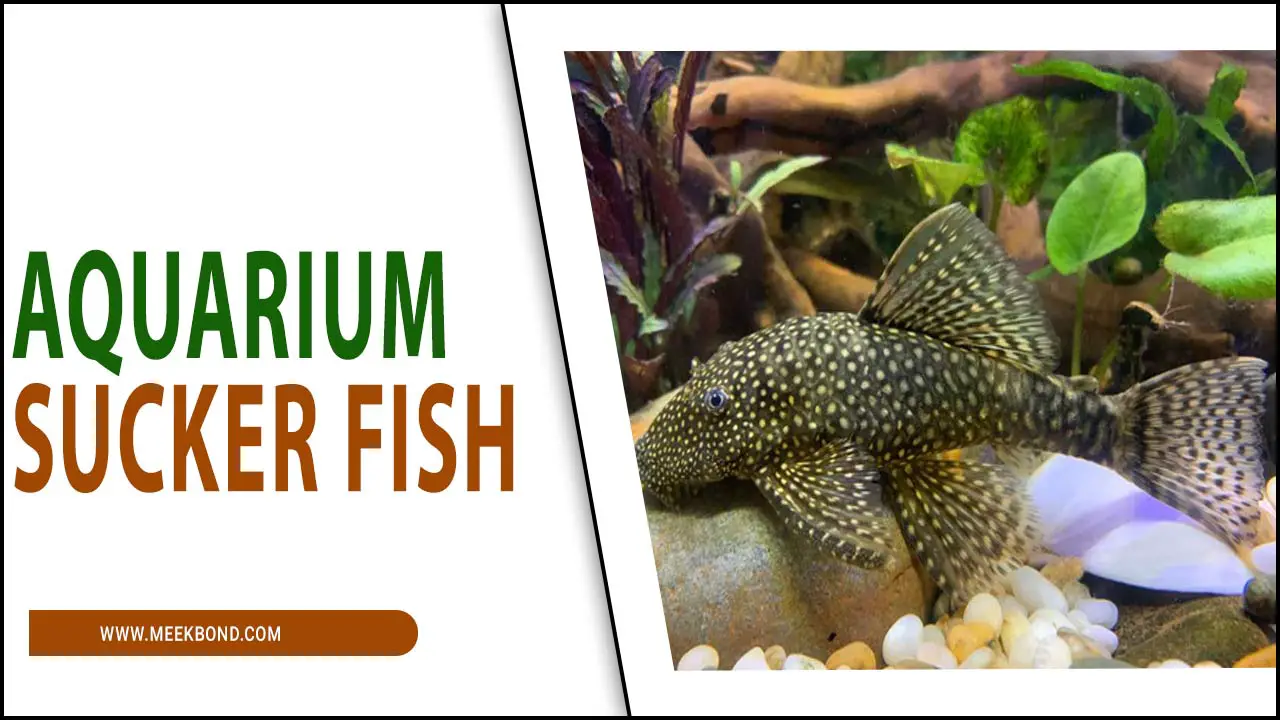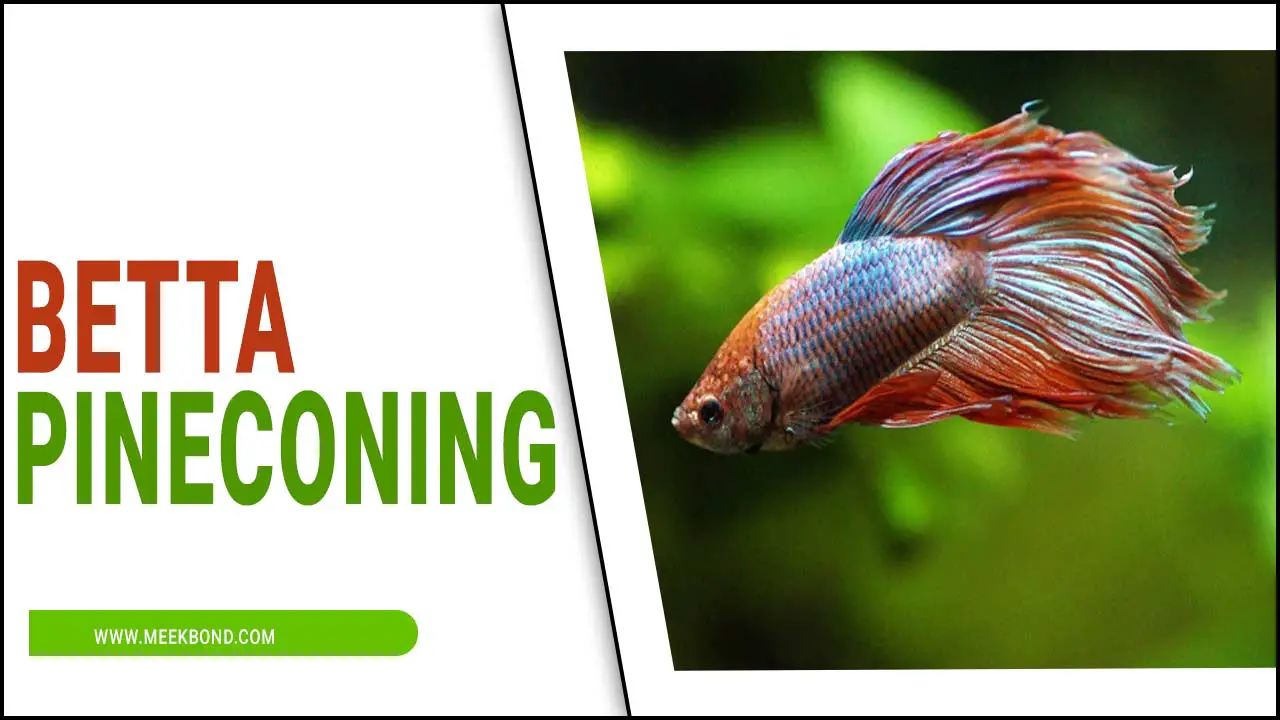Aquarium enthusiasts love to keep small tanks for a variety of reasons. They are perfect for beginners, can fit in small spaces, and require less maintenance. However, finding the right bottom-feeder fish for a small tank can be daunting.
Bottom feeders are vital in maintaining the tank’s cleanliness and help reduce algae growth. They are also popular for their unique and attractive appearance, making them popular among aquarium hobbyists. Here we will discuss the best and worst types of bottom-feeder fish for small tanks.
We will explore their characteristics, compatibility with other fish, and ability to maintain a clean tank. We understand the importance of selecting the right bottom feeder for a small tank and aim to provide our readers with accurate and reliable information. Whether you are a beginner or an experienced aquarium hobbyist, We will help you decide on the best bottom-feeder fish for a small tank.
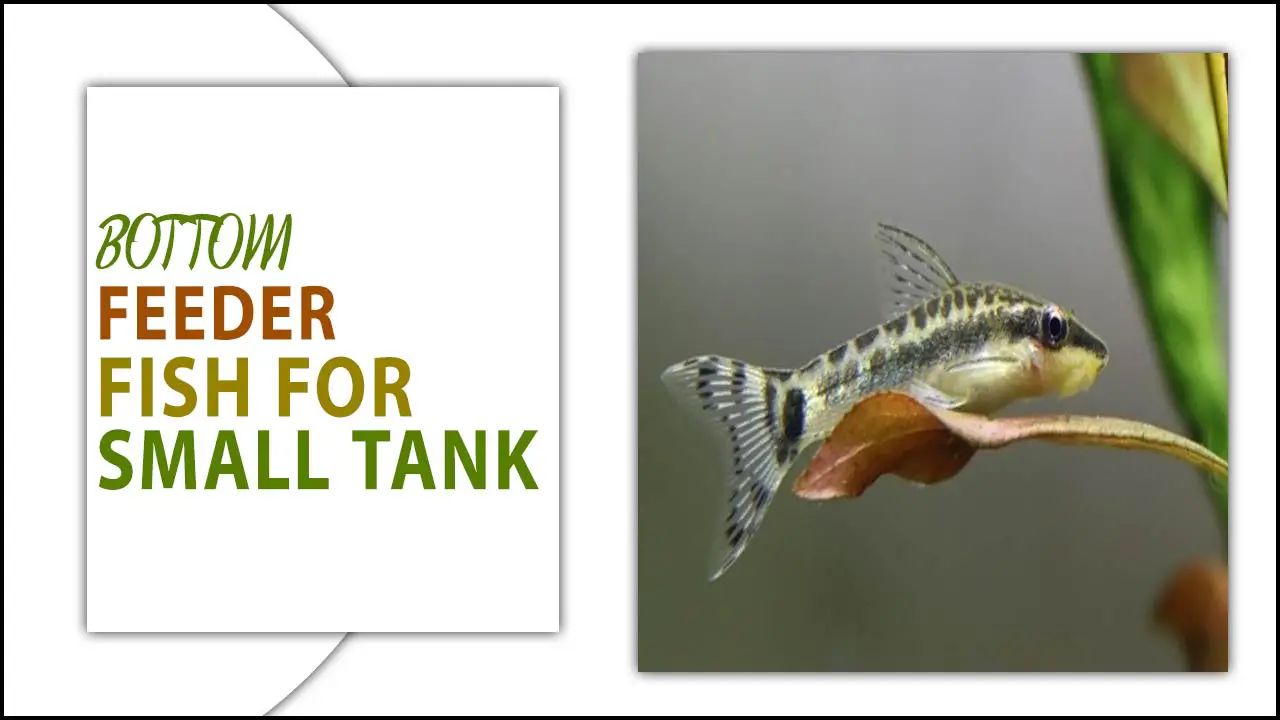
Bottom Feeder Fish Characteristics
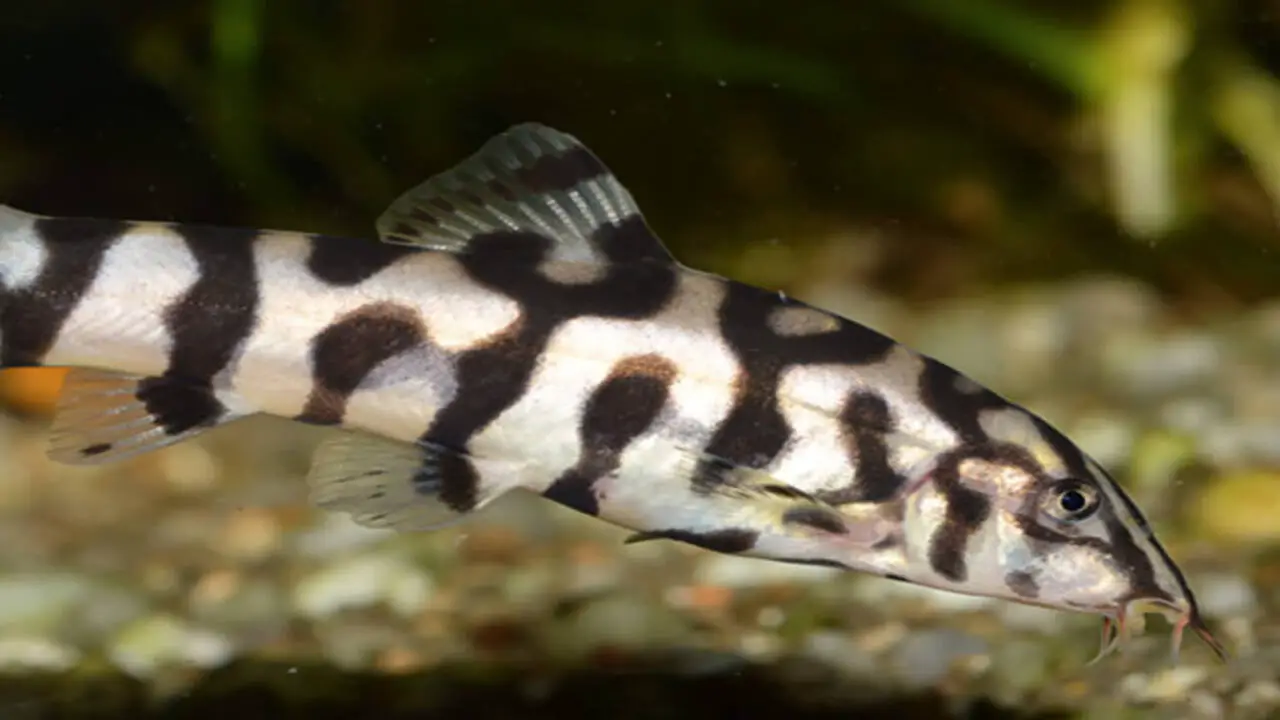
When considering bottom-feeder fish for a small tank, it is important to understand the characteristics of these types of fish. Bottom feeders are typically popular for their scavenging behavior, as they feed on leftover food and debris that has settled at the bottom of the tank. They are often equipped with specialized mouthparts or barbels that allow them to sift through the substrate for food. Some common examples of bottom-feeder fish include
- Catfish,
- Loaches, and
- Certain species of Tetras.
These fish can be a great addition to a small tank as they help to keep the tank clean by consuming excess food and waste. However, it is important to research each specific species to ensure that their care requirements and compatibility with other tank mates align with your setup.
Fish Behaviors
When choosing bottom-feeder fish for a small tank, it’s essential to consider their behaviors. Bottom feeder fish are known for scavenging and cleaning up the debris accumulating on the tank floor. They play a crucial role in maintaining the cleanliness and overall health of the aquarium ecosystem. Some common behaviors of bottom-feeder fish include rooting through substrate, sifting through sand or gravel, and sometimes burrowing.
These activities help them find food particles and other organic matter that they feed on. Some bottom feeders may exhibit territorial behavior or establish a hierarchy within their group. Researching and choosing bottom-feeder fish compatible with your tank size and other inhabitants is essential to ensure a harmonious environment for all the fish in your aquarium.
Ecological Roles
Bottom-feeder fish play critical ecological roles in small tanks. They help keep the tank clean by consuming leftover food and debris that may accumulate at the bottom. This improves water quality and reduces harmful bacteria and algae growth risk.
Additionally, bottom-feeder fish can help to control the population of specific pests, such as snails or worms, that may be present in the tank. Their scavenging behavior helps maintain a healthy balance within the tank’s ecosystem and promotes overall cleanliness. Some popular bottom-feeder fish for small tanks include Corydoras catfish, bristle nose plecos, and Otocinclus catfish.
Top 8 Bottom Feeder Fish For Small Tank
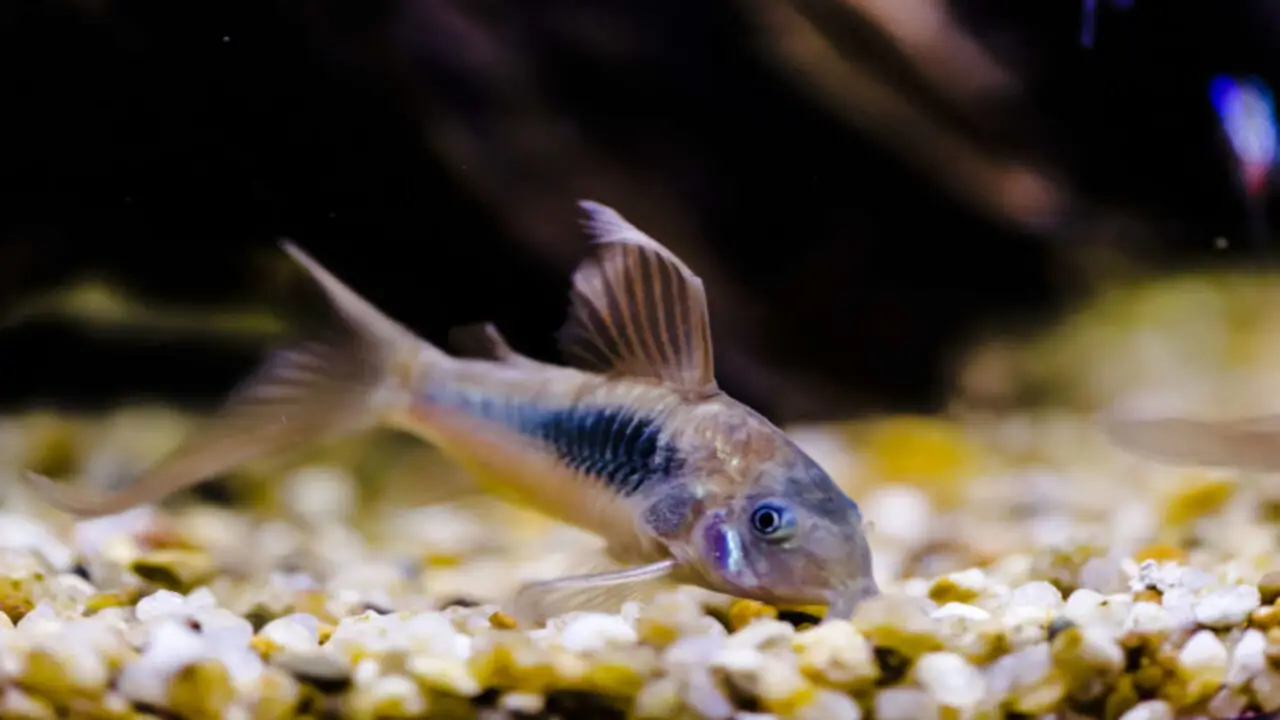
Bottom-feeder fish are excellent additions to small tanks due to their scavenging nature. They help keep the tank clean by consuming leftover food and debris from the substrate. Opt for small, peaceful species like Corydoras or Otocinclus catfish, as they won’t outgrow the tank or disturb other inhabitants.
These fish are also hardy and easy to care for, making them suitable for beginners. Provide hiding spots and a sandy substrate to ensure their well-being. Regular water changes and a balanced diet are crucial for their health. However, avoid overcrowding and research compatibility to maintain a harmonious and thriving small tank environment. Here are some of the top Bottom feeder fish for small tank:
Corydoras Catfish
Corydoras catfish are a popular freshwater species among aquarium enthusiasts. These small, peaceful fish are known for their distinctive armored plating and playful behavior. They are native to South America and inhabit streams, rivers, and lakes. In the wild, Corydoras catfish feed on small invertebrates and algae. In captivity, they can be fed various commercial fish foods, including pellets, flakes, and freeze-dried or frozen foods.
Corydoras catfish are social creatures and should be kept in groups of six or more. They are also compatible with various other fish species, making them a versatile addition to any community tank. Their peaceful nature makes them ideal for community tanks with other non-aggressive fish.
One of the most exciting aspects of Corydoras catfish is their ability to breathe air. They have a special organ called a labyrinth, which allows them to extract oxygen from the air above the water’s surface. However, it is important to note that Corys are primarily bottom feeders and need a diet that is high in protein and low in carbohydrates.
Otocinclus Catfish
Otocinclus catfish are popular bottom feeders among aquarium enthusiasts due to their small size and peaceful nature. These fish are commonly referred to as “otos” and are popular for their ability to eat algae off of aquarium walls and decorations. They are often added to tanks as a natural way to control algae growth. Otos are native to South America and can find in Brazil, Peru, and Argentina rivers and streams.
They are typically around two inches long and have a distinct appearance with flattened bodies and sucker-like mouths. Otos are also popular to be sensitive to changes in water conditions, so it is important to maintain a stable environment. They require a well-established tank with plenty of hiding spots and a varied diet that includes algae wafers and blanched vegetables. While they are generally peaceful, keeping them with similarly sized and peaceful fish is important to avoid aggression.
Bristlenose Pleco
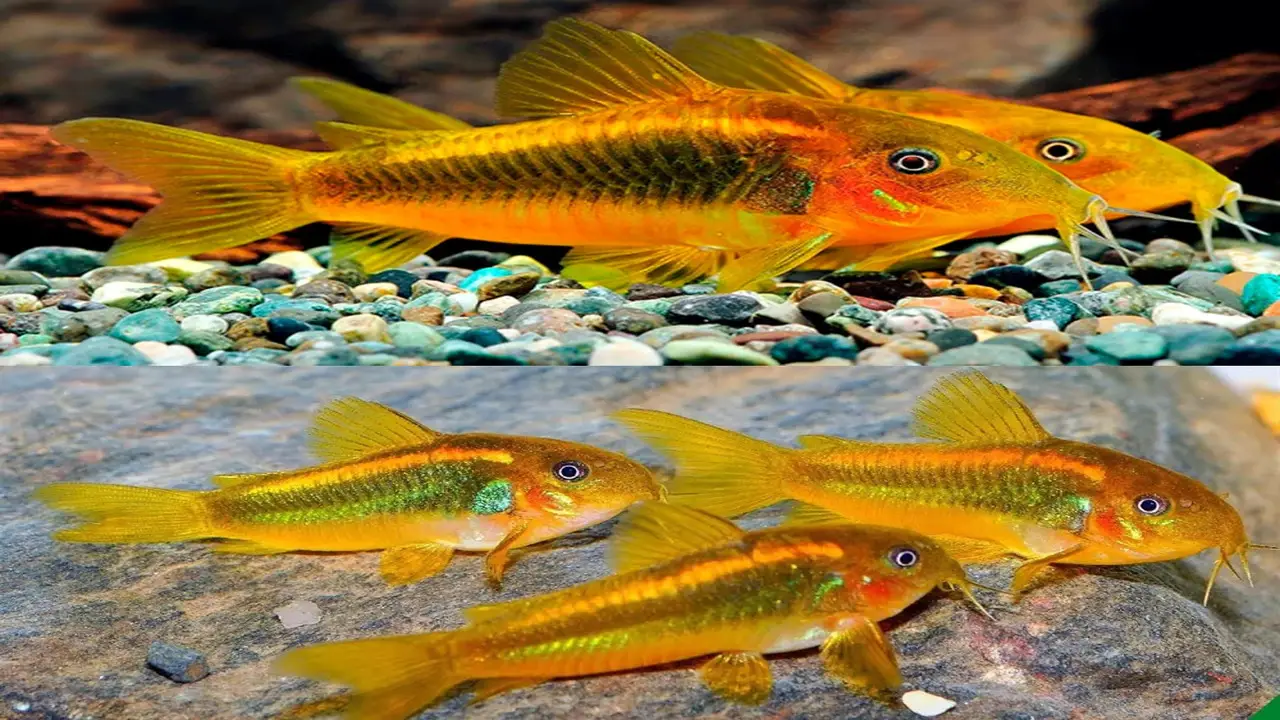
The Bristlenose Pleco is a popular freshwater fish among aquarium enthusiasts. This species of bottom-feeder catfish is popular for its distinctive appearance, with a flattened body and a wide, rounded head covered in short, bristly tentacles.
Bristlenose Plecos are hardy and adaptable, making them a good choice for beginners and experienced fish keepers alike. They are also effective algae eaters, helping to keep aquariums clean and healthy.
In addition to their practical benefits, Bristlenose Plecos are fascinating to watch. These nocturnal fish are shy during the day but become more active and curious at night. They are also popular for their unique spawning behaviors, which involve males guarding their eggs and young in caves or other hiding places. The Bristlenose Pleco is a valuable addition to any aquarium, providing practical benefits and aesthetic appeal.
Kuhli Loach
The Kuhli Loach is a fascinating freshwater fish that is popular among aquarists. This eel-like fish is popular for its unique appearance and behavior, making it a great bottom-feeder addition to any aquarium. Kuhli Loaches are native to Southeast Asia and can find in slow-moving rivers and streams. They have long, slender bodies covered in small scales and can grow up to 4 inches long.
One of the most exciting things about Kuhli Loaches is their behavior. These nocturnal fish spend most of their time hiding in caves or under rocks during the day. They become more active at night and swim around the aquarium, scavenging for food. They are peaceful fish and can keep with other non-aggressive species.
Pygmy Corydoras
Pygmy Corydoras are small, freshwater fish native to South America. These adorable little fish are known for their peaceful and social nature, making them popular among aquarium enthusiasts. They are also known for their unique appearance, long, slender bodies, and various patterns and colors.
Pygmy Corydoras are a great addition to a community tank, as they get along well with other small, non-aggressive bottom feeder fish. They are also relatively easy to care for, requiring a well-maintained tank with plenty of hiding places and a balanced diet of flakes, pellets, and live or frozen food.
One interesting fact about Pygmy Corydoras is that they are a shoaling species, meaning they prefer to live in groups of six or more. Keeping them in a group gives them a sense of security and allows them to exhibit their natural behaviors, such as scavenging for food and exploring their environment.
Dwarf Sucking Catfish
The dwarf-sucking catfish is a species of freshwater fish popular for its unique appearance and behavior. These small fish, which typically grow to be less than two inches long, have a flattened body shape with a broad head and a mouth specially adapted for sucking up food from the substrate. They are also characterized by their dark coloration and distinctive markings, including white spots along their sides.
Despite their small size, dwarf-sucking catfish can be fascinating in an aquarium. They are generally peaceful and easy to care for, making them an attractive choice for beginner fish keepers. However, their small size also makes them vulnerable to predation, so keeping them with compatible tank mates and providing plenty of hiding places is essential.
One exciting feature of the dwarf-sucking catfish is their ability to cling to vertical surfaces using their specialized mouthparts. This allows them to feed on algae and other microscopic organisms that grow on aquarium walls and decorations.
Hillstream Loach
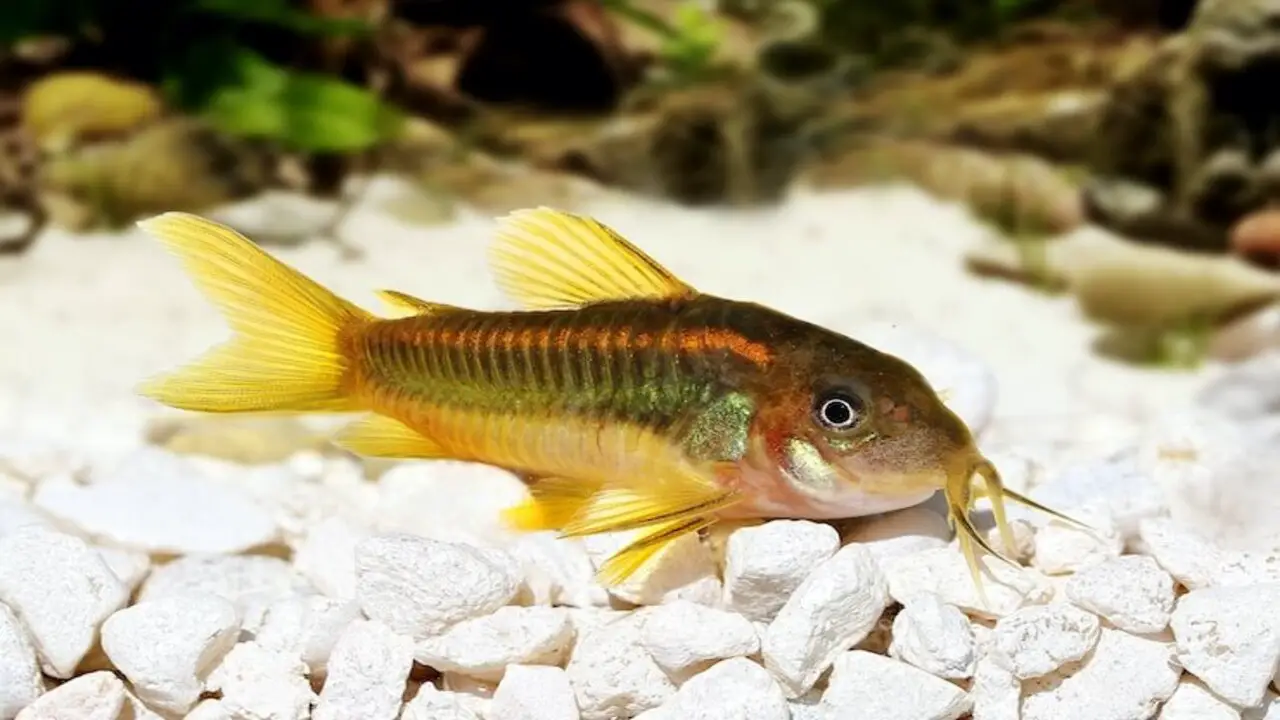
The Hillstream Loach is a fascinating fish that is native to the fast-flowing streams and rivers of Southeast Asia. It is a hardy and adaptable bottom feeder that has become quite popular among aquarium enthusiasts in recent years. One of the most notable features of the Hillstream Loach is its ability to cling to rocks and other surfaces to avoid being swept away by the current.
This ability is due to the fish’s unique body shape, which is elongated and flattened, allowing it to effectively “hug” the surface it is on. In addition, the Hillstream Loach is also popular for its striking coloration and patterns, with many individuals sporting vibrant orange, yellow, and black hues. Despite its popularity, the Hillstream Loach requires some specific care to thrive in captivity, including a well-oxygenated and well-filtered aquarium setup and a diet that includes a mix of algae, vegetables, and small invertebrates.
Cherry Barb
Cherry Barbs are a widespread freshwater fish species that belong to the Cyprinidae family. They are small in size, usually measuring around 2 inches in length, and are popular for their bright red coloration that resembles the color of cherries. These fish are native to Sri Lanka and are commonly found in slow-moving streams, ponds, and rice paddies. Cherry Barbs are peaceful and social bottom-feeder fish that can keep in community tanks with other non-aggressive fish species.
They are easy to care for and can adapt to a wide range of water conditions, making them an ideal choice for beginner aquarists. These fish are omnivorous and can be fed various foods, including flakes, pellets, and live or frozen foods such as bloodworms or brine shrimp. They also enjoy vegetation in their diet, so adding plant-based food can benefit them.
Bottom Feeder Fish Compatibility With Other Fish
When selecting bottom-feeder fish for a small tank, it is important to consider their compatibility with other fish. Some bottom-feeder species are more territorial or aggressive and may not get along well with certain types of fish. Researching the temperament and behavior of different bottom-feeder species before adding them to your tank is essential.
Additionally, consider the size and activity level of the other fish in your tank, as some bottom feeders may be intimidated or stressed by larger or more active tankmates. You can create a harmonious and balanced aquatic ecosystem by ensuring compatibility between bottom-feeder fish and other fish in your small tank.
Worst Types Bottom Feeder Fish For Small Tank
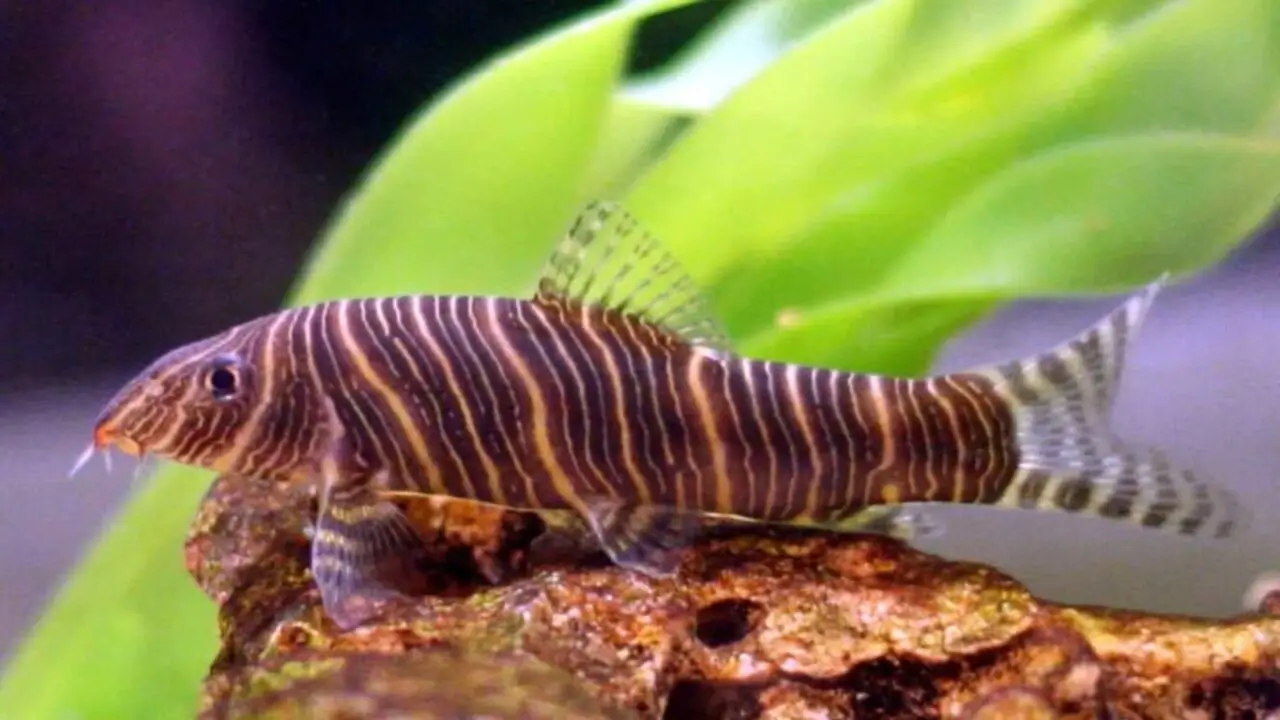
When selecting fish for a small tank, it’s essential to be cautious, especially when considering bottom feeders. Some bottom-feeder fish can be hardy and easy to care for, but others can be a nightmare to keep in a small tank. Some of the worst bottom-feeder fish for small tanks include
- the Chinese algae eater,
- the common pleco, and
- the red-tailed shark.
These fish are often sold as cute little babies, but they can grow up to be massive and aggressive. The Chinese algae eater, for example, can reach up to a foot in length and is popular for being territorial and aggressive toward other fish. The common pleco can also grow quite large and produce a lot of waste, which can quickly foul up a small tank. The red-tailed shark is another fish that can be problematic in small tanks, as it is popular for being aggressive towards other fish in the tank.
Conclusion
So, there you have it, folks. The best and worst bottom feeder fish for small tanks. Don’t let your tank become a wasteland of uneaten food and debris – choose wisely regarding your aquatic clean-up crew. It is important to consider the size of your tank, the number of other fish in the tank, and the specific needs of the bottom feeder fish you choose.
Some popular options include Corydoras, Otocinclus, and Cherry Shrimp, among others. With proper research and care, you can find the perfect bottom feeder fish to keep your small tank clean and healthy. While there are various bottom-feeder species, some best suited for small tanks than others. This article covers the best and worst bottom-feeder fish for small tanks. Research and ensure your new fishy friends swim well with your current tank residents.
FAQs
What Are Bottom-Feeder Fish, And Why Are They Suitable For Small Tanks?
Bottom-feeder fish mainly feed on the aquarium’s bottom substrate, consuming leftover food and debris. They are ideal for small tanks because they help clean the tank, promoting a healthier environment for other fish.
What Are Some Of The Best Bottom-Feeder Fish For Small Tanks?
Some excellent choices for small tanks include Corydoras catfish, Pygmy Corydoras, Otocinclus catfish, bristle nose plecos, and Dwarf shrimp-like Cherry or Amano shrimp.
Are All Bottom-Feeder Fish Compatible With Each Other And Other Fish In A Small Tank?
No, not all bottom-feeder fish are compatible. Researching their temperament, size, and tank requirements is crucial to ensure peaceful cohabitation in a small tank.
How Can I Create A Suitable Environment For Bottom-Feeder Fish In A Small Tank?
Provide hiding spots with plants, rocks, and driftwood. Use a soft substrate like sand to protect their sensitive barbels. Ensure proper filtration and regular water changes.
Can I Mix Different Species Of Bottom-Feeder Fish In My Small Tank?
You can mix different species of compatible bottom-feeder fish in a small tank. However, ensure they have enough space and hiding spots to reduce territorial disputes and stress. Research their behavior and tank requirements beforehand.

Aquarium passion is all about connecting with the aquatic life and providing education to the public on the importance of these creatures. We showcase a wide variety of marine life through our exhibits as well as working with schools to provide unique learning opportunities for students of all ages.

